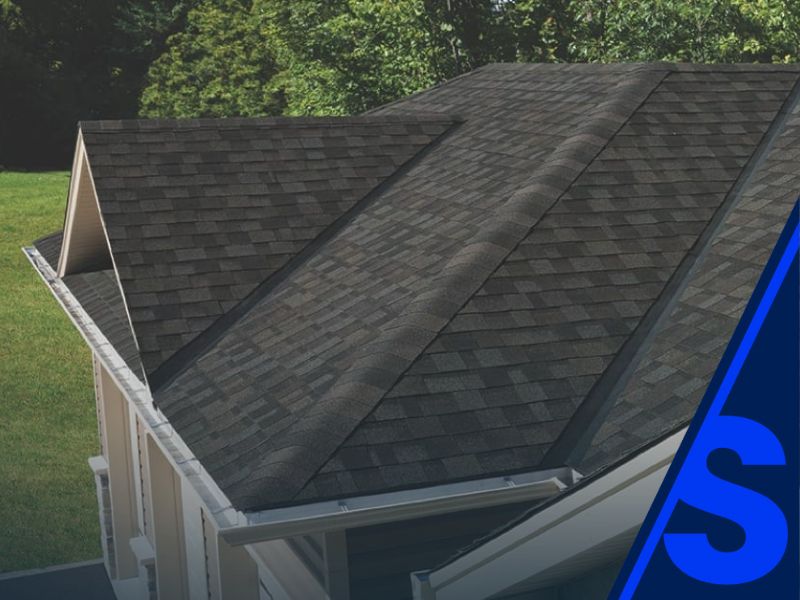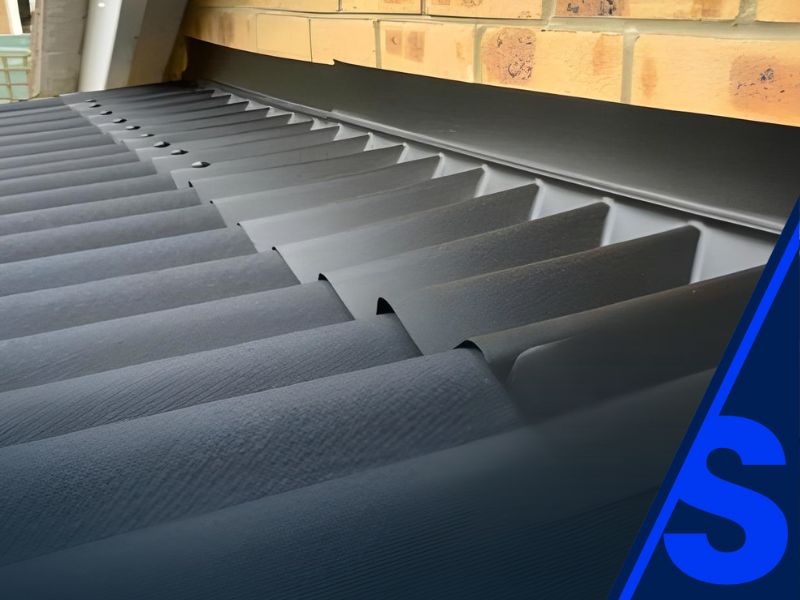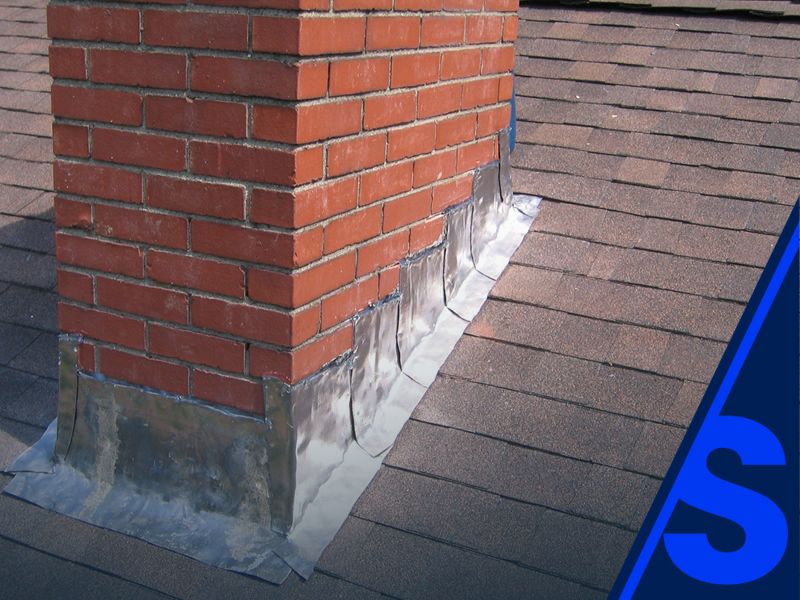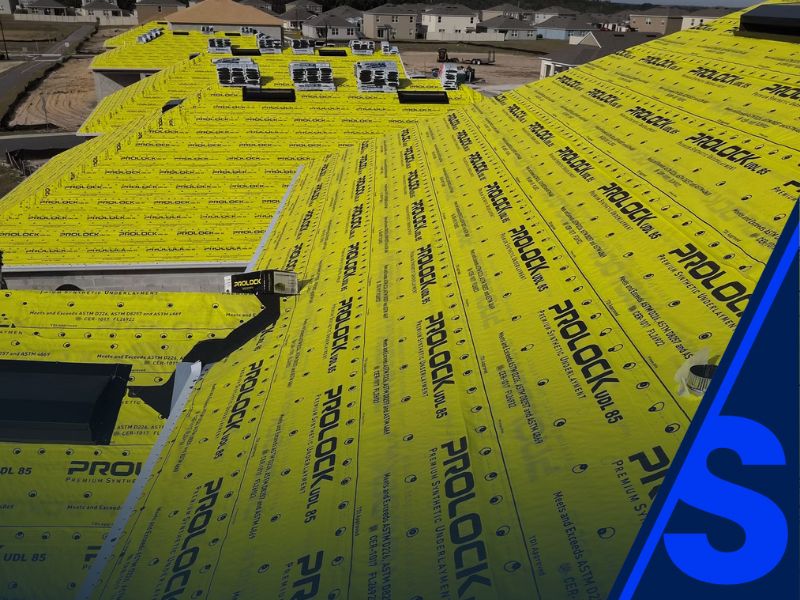Table of Contents
Roof valleys are one of the most important components of a roofing system because they are where two roof slopes meet and channel large amounts of water. If not flashed properly, valleys can quickly become vulnerable areas that lead to leaks, water damage, and costly replacement projects. Roof valley flashing provides a critical barrier that protects the structure, and understanding the different methods of flashing can help builders and contractors choose the right approach for each project.
This article will guide you through woven, open, and closed valley flashing methods. You will learn about the materials used, how to install them properly, and what to look for during a roof inspection. Whether you are working with shingles, sheet metal, or architectural steel, this guide will help you make informed decisions about flashing roof valleys.
What is Roof Valley Flashing and Why Does It Matter?
Roof valley flashing is a component installed where two roof slopes meet to prevent water from seeping into the structure. The flashing metal acts as a barrier that channels water safely off the roof and into the gutter system. Without properly installed valley flashing, water can penetrate beneath shingles or tiles and compromise the underlayment.
Most residential builders rely on valley flashing made of steel, copper, or other durable sheet metal. A roofer knows that valleys are vulnerable points because of the heavy run-off that accumulates across the valley during storms. By protecting this area with flashing, contractors help prevent water intrusion, reduce callbacks, and extend the life of the roofing materials.
For builders in Florida and other high-rainfall regions, CitySide Roofing Services offers complete installation solutions that ensure valley flashing is compliant with local codes and installed to spec.
What Materials Are Best for Valley Flashing?
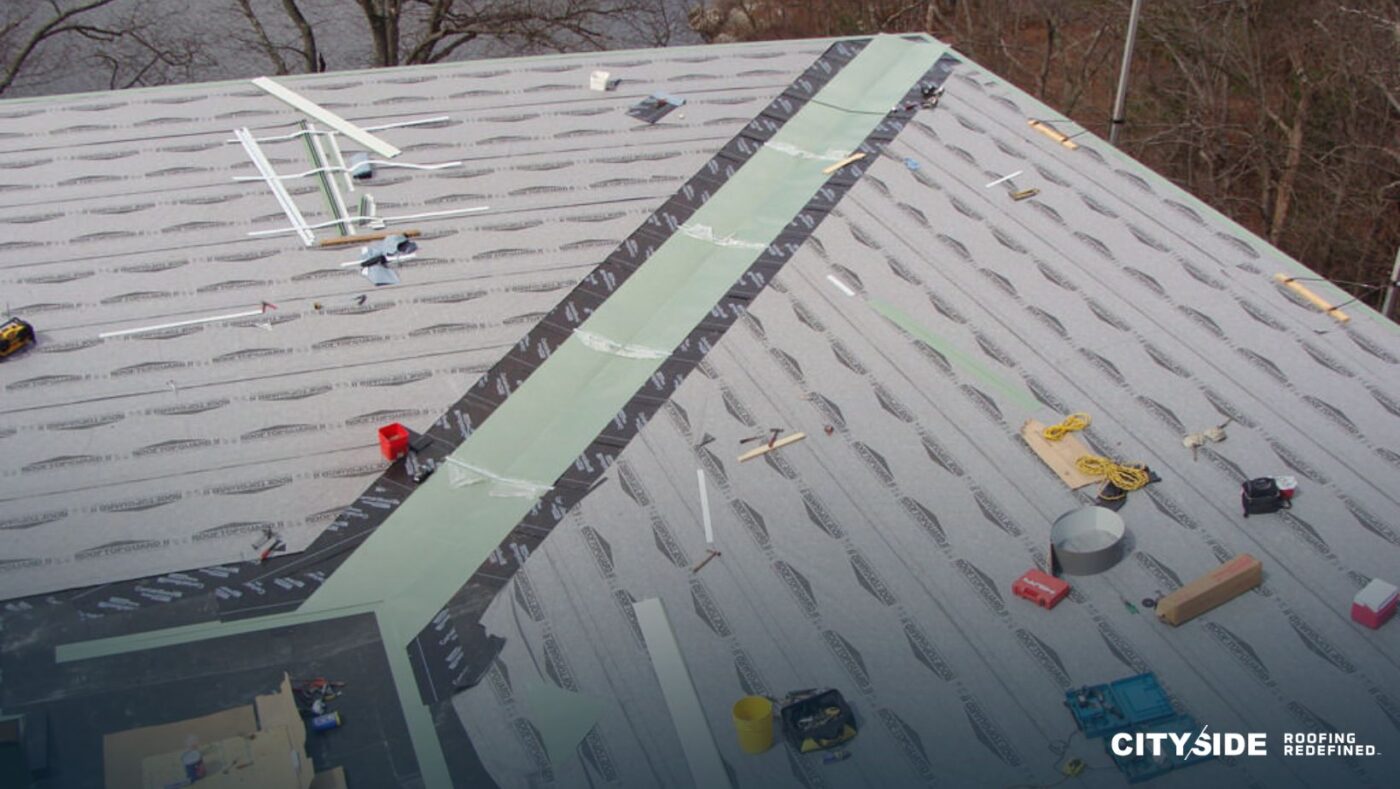
The material you choose has a direct impact on performance, cost, and lifespan. Common flashing metals include galvanized steel, copper, and aluminum.
- Galvanize coated steel is widely used because it provides good corrosion resistance at a reasonable cost. It is strong enough to handle heavy run-off and holds nails securely.
- Copper is more expensive but offers exceptional durability. It naturally resists corrosion and provides an architectural profile that is visible on luxury homes or slate and tile applications.
- Aluminum is lightweight and easy to work with but may not last as long in regions with heavy debris or salt exposure.
What is W Valley Flashing and When Should You Use It?
W valley flashing is a specialized form of sheet metal bent into a raised W profile. This design helps channel water running down the valley by creating a continuous barrier that keeps it from crossing over and reaching beneath shingles.
The W profile prevents water from splashing across the valley and entering adjacent shingle courses. It is especially effective on low slope roofs where water flows more slowly and may pool. Many contractors prefer w valley flashing for architectural projects where long-term durability and protection against ice and water are essential.
A properly installed W valley flashing system often includes an underlayment membrane beneath the flashing to provide an additional layer of protection.
What is an Open Valley and How is it Installed?
An open valley is a method where shingles are trimmed back from the center of the valley, leaving a visible strip of metal flashing exposed. Water flows directly over the flashing metal, making this method effective for high-volume run-off.
To install an open valley, contractors place an underlayment membrane beneath the valley and then install sheet metal flashing down the center. Shingles are cut along each edge of the valley, usually leaving three to six inches of metal visible. The edge of the valley should be nailed carefully so that fasteners do not puncture the flashing itself.
The benefit of the open valley method is that it handles heavy rain efficiently and allows debris to wash away without getting trapped. However, because the flashing is visible, some homeowners may not prefer the look unless copper or another architectural metal is used.
What is a Closed Valley and Why Do Some Builders Prefer It?
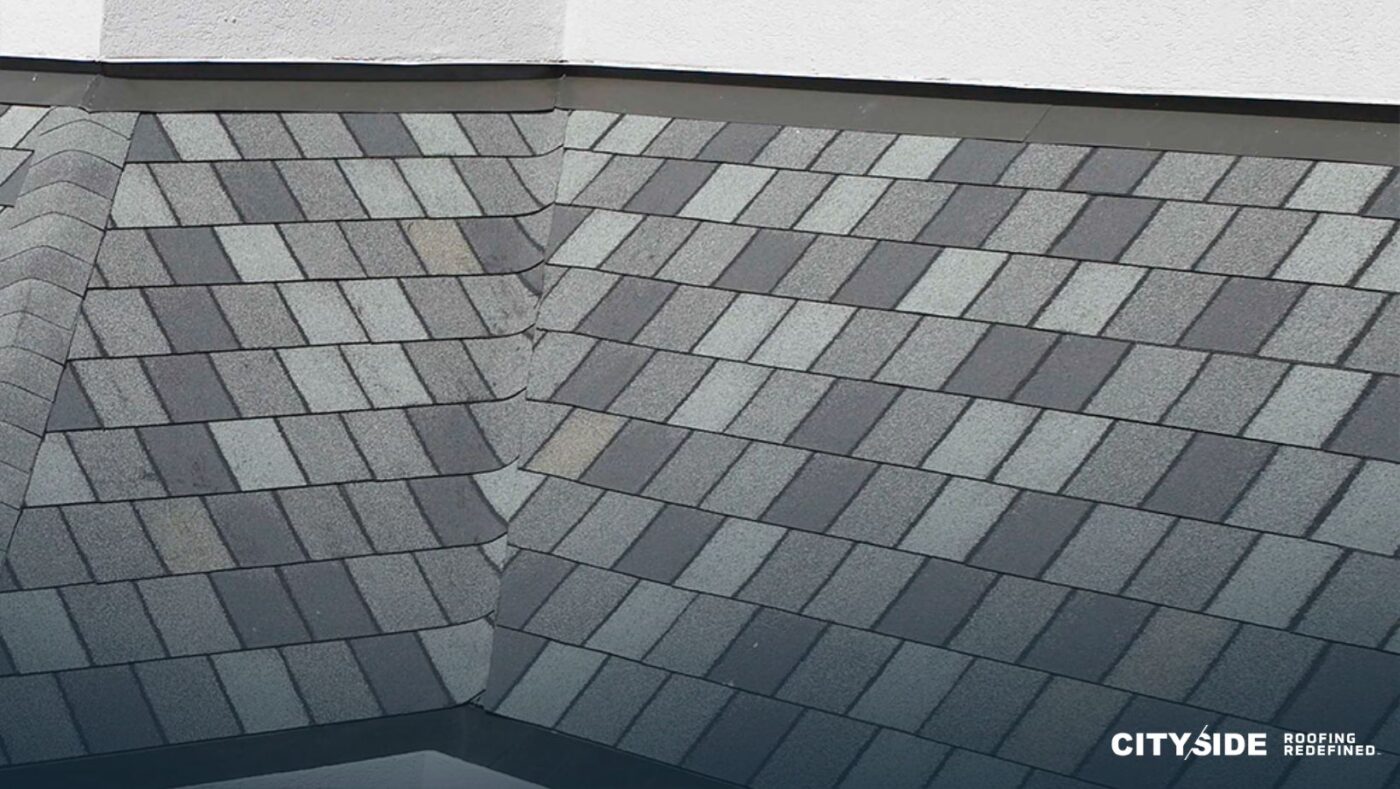
A closed valley is a method where shingles cover the flashing, creating a continuous surface without visible metal. The shingles overlap in a pattern that channels water down the valley and off the roof.
Closed valleys are common in shingle roof installations where aesthetics are important. The method can be woven, where shingles from each side overlap across the valley, or cut, where shingles are trimmed neatly along the valley line.
While the closed valley method offers a clean appearance, it requires precise shingle installation to prevent water intrusion. If shingles are not properly layered or nailed, water can run beneath and damage the underlayment. Builders who use this method should ensure strict quality control and schedule regular roof inspection services to verify performance.
What is a Woven Valley and How Does it Work?
In a woven valley, shingles from each side of the valley are interlaced across the valley line. This creates a continuous shingle layer without exposed metal. The woven method works best on roofs with a consistent slope and standard asphalt shingles.
One drawback is that woven valleys can trap debris running down the valley. Over time, this buildup can prevent water from flowing smoothly and may increase the risk of leaks. This method also does not perform as well with thicker architectural shingles because the woven layers create a visible hump across the valley.
Builders should use woven valleys primarily on simple residential roofs with three-tab shingles and moderate slope.
How Do Slope and Pitch Affect Valley Flashing Methods?
The slope or pitch of a roof determines how quickly water flows down the valley and which flashing method will perform best.
- On low slope roofs, open valleys or w valley flashing are preferred because they handle slower water flow and prevent ponding.
- On steep slope roofs, closed valleys or woven methods can be used because water moves quickly enough to avoid pooling.
- For architectural projects with varying roof slopes, contractors may mix methods to ensure both durability and visual consistency.
Builders should always consult manufacturer guidelines for minimum pitch requirements for each valley flashing method and ensure compliance with local building codes.
How Does Underlayment and Ice and Water Barrier Play a Role?
Beneath every valley flashing system should be a high-quality underlayment or ice and water barrier. These membranes provide a continuous protective layer beneath the flashing and shingles.
In colder climates, ice and water membranes prevent water from backing up beneath the shingles during freeze-thaw cycles. In Florida and other warm climates, the barrier helps protect against wind-driven rain and heavy storm run-off.
During installation, the membrane should extend valley and up beneath the adjacent roof courses to ensure complete coverage. Proper lapping and sealing are critical to performance.
Common Problems with Roof Valleys and How to Prevent Them
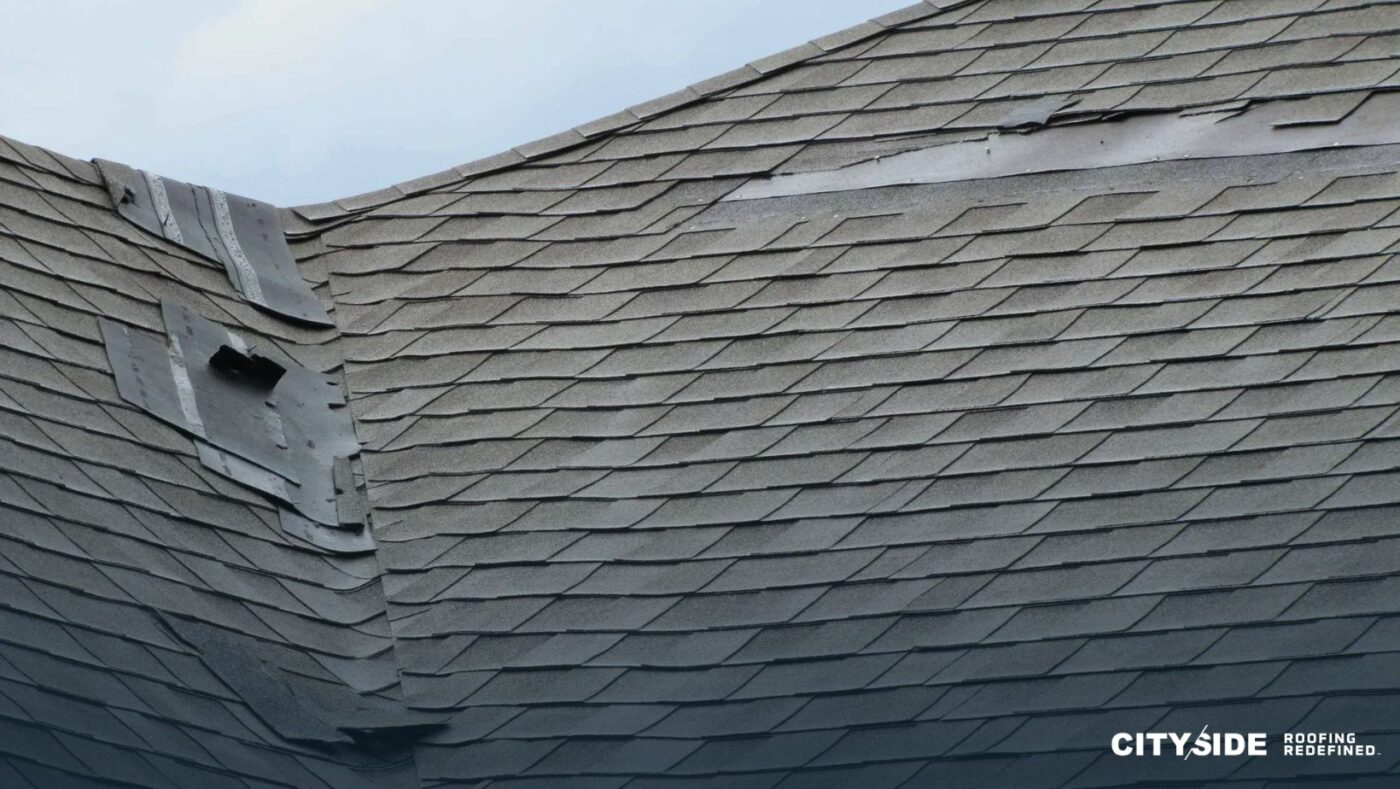
Even with the best materials, valleys can fail if not installed properly. Common issues include:
- Nails driven too close to the edge of the valley, puncturing the flashing.
- Debris buildup across the valley that prevents smooth water flow.
- Using the wrong flashing material for the roof type, such as thin aluminum on slate or tile systems.
- Poorly lapped underlayment that allows water to seep beneath the flashing.
When Should a Builder Recommend Valley Flashing Replacement?
Valley flashing has a long lifespan, especially when made of copper or galvanized steel, but it does not last forever. Builders should recommend replacement during new construction upgrades, full roof changes, or when roof inspection reveals:
- Visible corrosion or pinholes in the flashing metal.
- Warping or separation along the edge of the valley.
- Deteriorated underlayment or membrane beneath the flashing.
- Improper installation from previous contractors.
Replacement ensures the roof remains properly protected and avoids callbacks for leaks or structural damage.
Final Takeaways for Flashing Roof Valleys
- Roof valleys are critical components where two roof slopes meet and must be protected with proper flashing.
- Valley flashing materials include galvanized steel, copper, and aluminum, each with unique performance characteristics.
- W valley flashing, open valleys, and closed valleys are the primary methods, with woven valleys suitable only for specific shingle roof types.
- Slope, pitch, and roofing materials influence which method should be used.
- Always include an underlayment or ice and water barrier beneath the flashing for added protection.
- Regular roof inspection ensures that flashing remains effective and prevents water intrusion.
